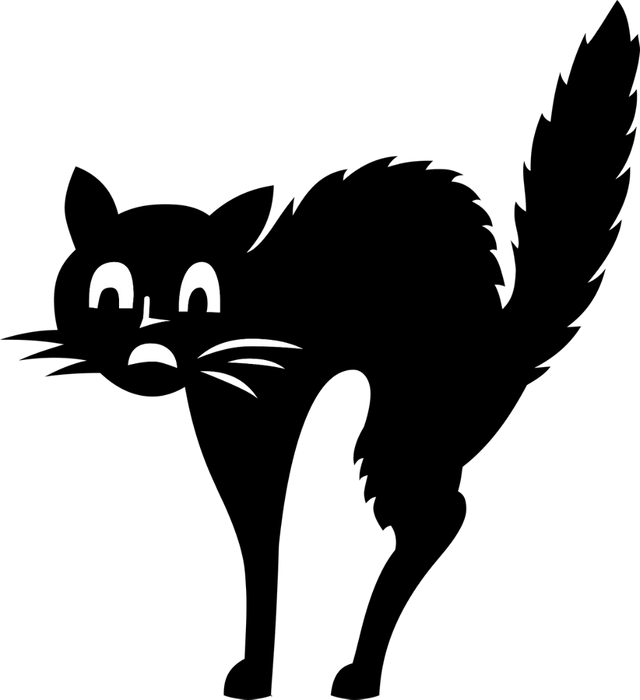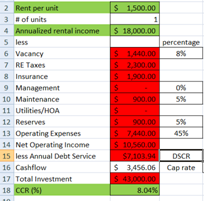Scaredy Cat Guide to Real Estate Investing – Part I - Buying Right
Buying Right is the key to taking Action
We ended the intro post with that, now let’s delve into the first component of it - Running the Financials
(If you missed the intro post: https://steemit.com/introduceyourself/@scaredycatguide/scaredycatguide-to-real-estate-investing-the-introduction )

Buying Right
When it comes to Real Estate (or any investment really) - Why do we want to buy right?
Because it gives us confidence that we are making a good decision, thus offsetting the scaredy cat habit of indecision that wants to stop us.
You also want to buy right because it will prevent you from buying a money pit!
Steps to buying Right?
1st – You run the Financials - (example to be shown at the end)
The first thing I do when I see a property for sale is run the numbers. If the property is not going to cash flow when I take all the anticipated expenses and subtract them from the going rental rate then I move on. No point in viewing the property.
I have an MS Excel calculator that I use to plug all these numbers in for my result.
(Success Note: You should have a property calculator that analyzes the financials of every deal you consider.)
However, in the end here is your formula.
(Taxes + Insurance + Vacancy + Maintenance + Reserves) = Operating Expenses
Operating Expenses equal your total cost per year to hold that property.
(Note: there can be additional expenses, such as management if you hire a property mgr. or an HOA fee if there is a homeowners association.)
There is a quick general rule of them that Operating Expenses will cost 50% of your total rental income. It's good for a quick calculation. However, I have found it more in the 40-45% range for all the properties I've run numbers on.
Now that we know are Operating expenses we can find our Net Operating Income (NOI)
Total Rent - Operating Expenses = Net Operating Income.
Now we can see how much cash flow the rental property is creating each year.
Net Operating Income - Debt Service = Cash Flow
(Debt service assumes you took a mortgage to buy the property, if not than your NOI is your cash flow)
Now for the most Important Number:
The Cash on Cash Return
Cash on cash return is the main number I use to decide whether a property is worth pursuing.
This will tell me what return I am getting on my money. I generally look for atleast 8%, because otherwise I mind as well gamble my money in the stock market! I want a return that rivals the historic average of the S&P 500, but with real estate I have a HARD ASSET as well!
Not to mention someone else is paying down my mortgage, but we will get into that in a later post.
I digress,
Cash on Cash Return = Cash Flow/Total Investment
That's the key number. I want to see 8% or better. My preference, I know investors that won't accept less than 10%
Example

This is a screenshot of my calculator showing the applicable items for this example.
(Note: The %'s I use for maintenance, vacancy and reserves are not set in stone, they are what I've found to be realistic but they can certainly be adjusted up or down depending on how conservative or aggressive one is)
Looking at it you see all our Operating Expenses (red cells) summed up to get the Net Operating Income (row 14)
Less the annual debt service (row 15) to get out cash flow (row 16)
Cashflow is divided by my total investment (which was made up of: down payment, closing costs, initial repairs)
And we get a Cash on Cash Return (CCR %) of 8.04%
Generating just enough for me to pursue this property.
And that is how to run the financials on a rental property
Next post we will work the ins and outs of the expenses to better understand what are costs are. Along with what the best practices are when it comes to them.
Any questions, let me know!
Your ScaredyCatGuide,
Mitchell J